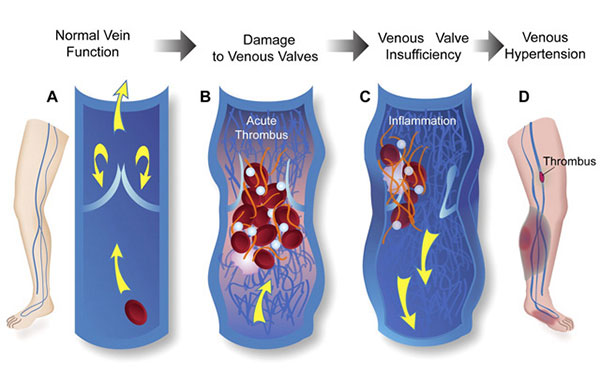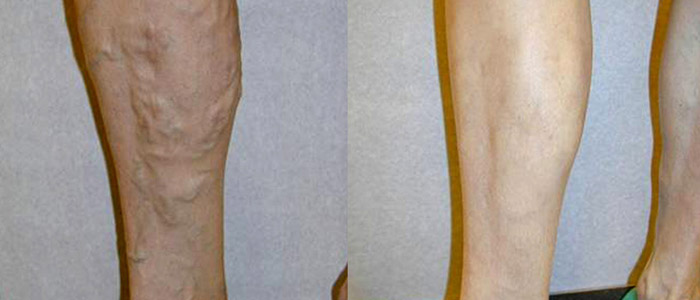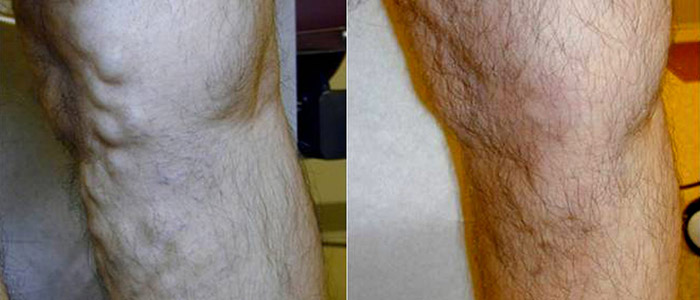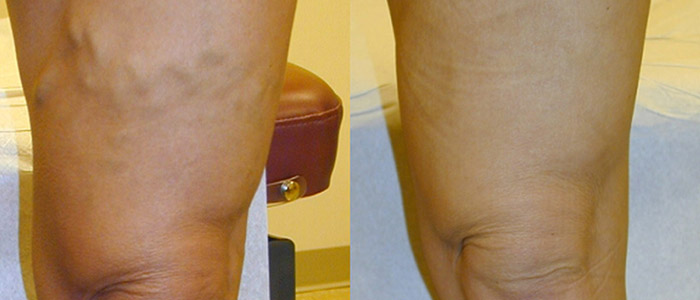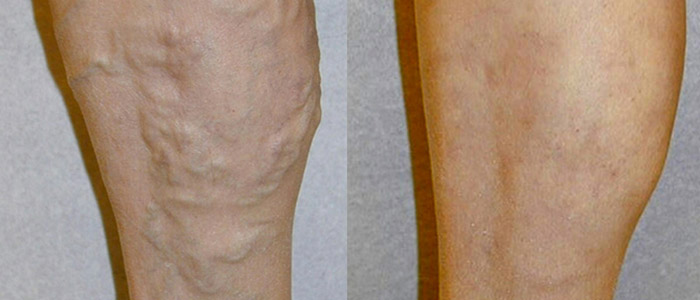A NYC Vein Doctor Explains the Two Most Common Categories of Vein Disease: Thrombosis and Insufficiency
When your veins work as they should, blood is transported through your body without issue. However, various conditions can interfere with your veins’ ability to carry out their tasks. According to NYC vein doctorDr. Lowell S. Kabnick, there are two primary conditions that can interfere with vein function: insufficiency, a disease that causes valves to become “leaky” and lead to a backflow of blood, and thrombosis, the formation of blood clots in the veins.
Understanding venous insufficiency and thrombosis
According to NJ vein and laser surgery experts, chronic venous insufficiency is the type of vein disease that occurs most often. This condition occurs when valves inside a vein allow blood to give into gravity and flow backwards. As blood pools downwards, the veins expand. Eventually, these veins bulge outwards and are visible on the surface as twisted, ropey varicose veins. Varicose veins are a common consequence of venous insufficiency, but they are not the only symptom. Many people suffering from insufficiency experience swelling in the legs and ankles, as well as feelings of weakness or tiredness. Without intervention from a NYC varicose vein doctor, venous insufficiency can progress to cause changes in the texture and color of the surrounding skin and can eventually lead to foot and ankle ulcers. Thrombosis occurs when blood clots form in veins inside the legs. While such clots can and do occur in veins that are close to the skin’s surface, they are more common (and problematic) in deeper leg veins. Such clots, known as deep vein thrombosis, can lead to dangerous complications. Unfortunately, they often do not occur with any symptoms, making them difficult to treat. Blood clots that remain where they form on a vein wall can lead to sluggish circulation. The real danger, however, is when a clot deep in the leg breaks loose. This type of clot, referred to as an embolus, can travel through the circulatory system to other parts of the body. If an embolus reaches the brain, it might lead to a stroke. If it lodges in the arteries that lead to the lungs, a pulmonary embolism might occur. Both conditions are serious medical issues that have the potential to be fatal.
Detecting insufficiency and thrombosis
Venous insufficiency and thrombosis are not always easy to spot on your own, which is why it is important to undergo regular vein screenings. This is particularly important if you have any of the risk factors for vein disease, which include being female, being overweight, having a family history of vein disease, and being over the age of 50. When you visit a NJ varicose vein treatment center for a screening, your doctor will run several non-invasive tests to gain a better understanding of your condition. These tests might include a non-invasive ultrasound screening, which will allow your doctor to view your veins’ structure to identify signs of deep vein thrombosis. Both insufficiency and thrombosis are troubling signs that things are not right within your veins. Working with a vein specialist helps to make sure these issues do not lead to irreversible complications. Schedule a consultation with Dr. Kabnick at 973-538-2000 to learn more about your vascular condition. Taking preventative steps today can save you time, money, and discomfort in the future.

